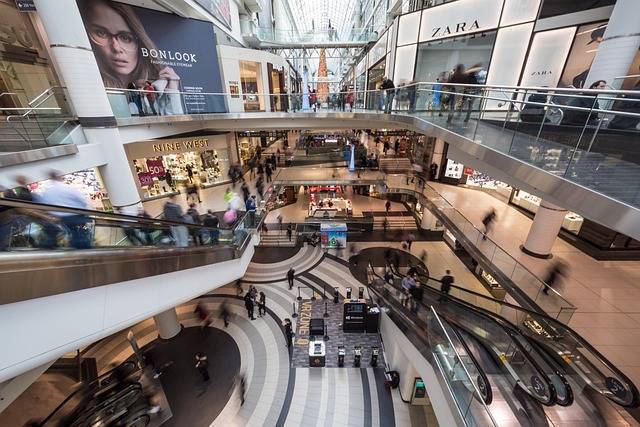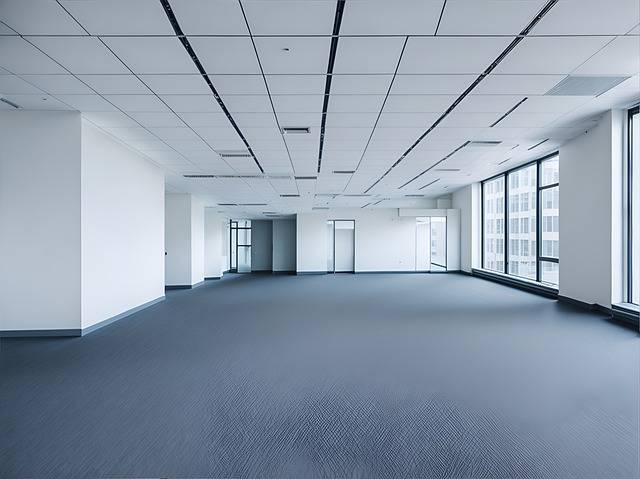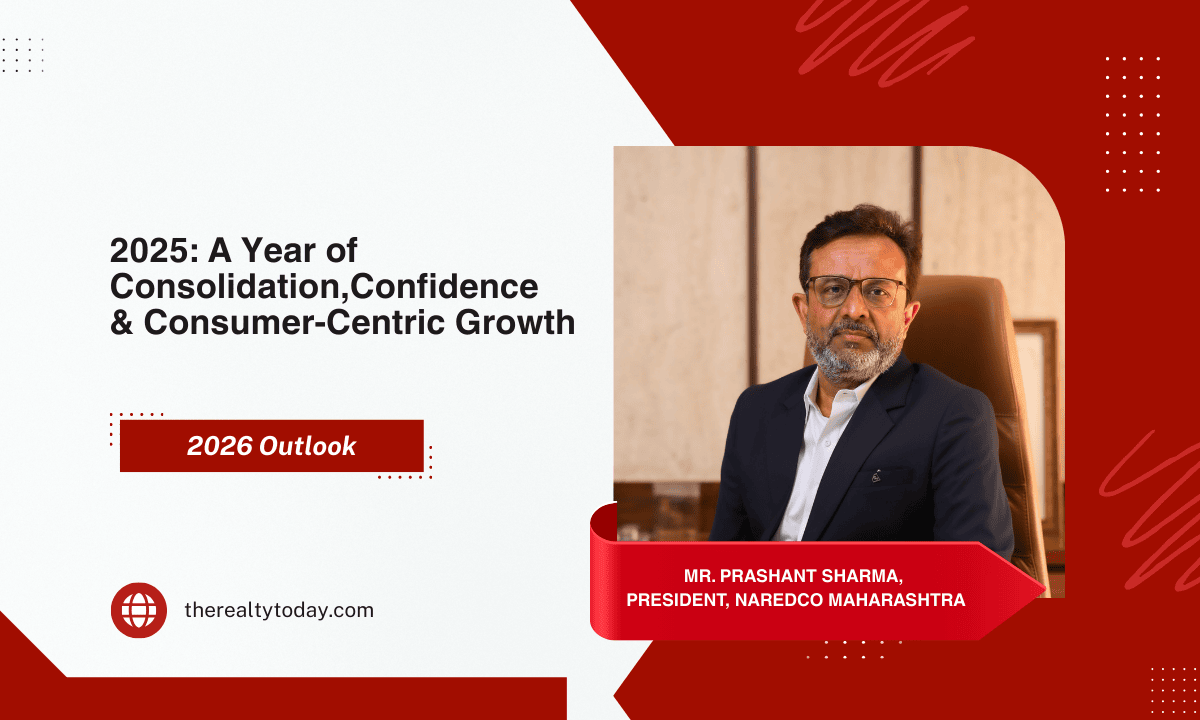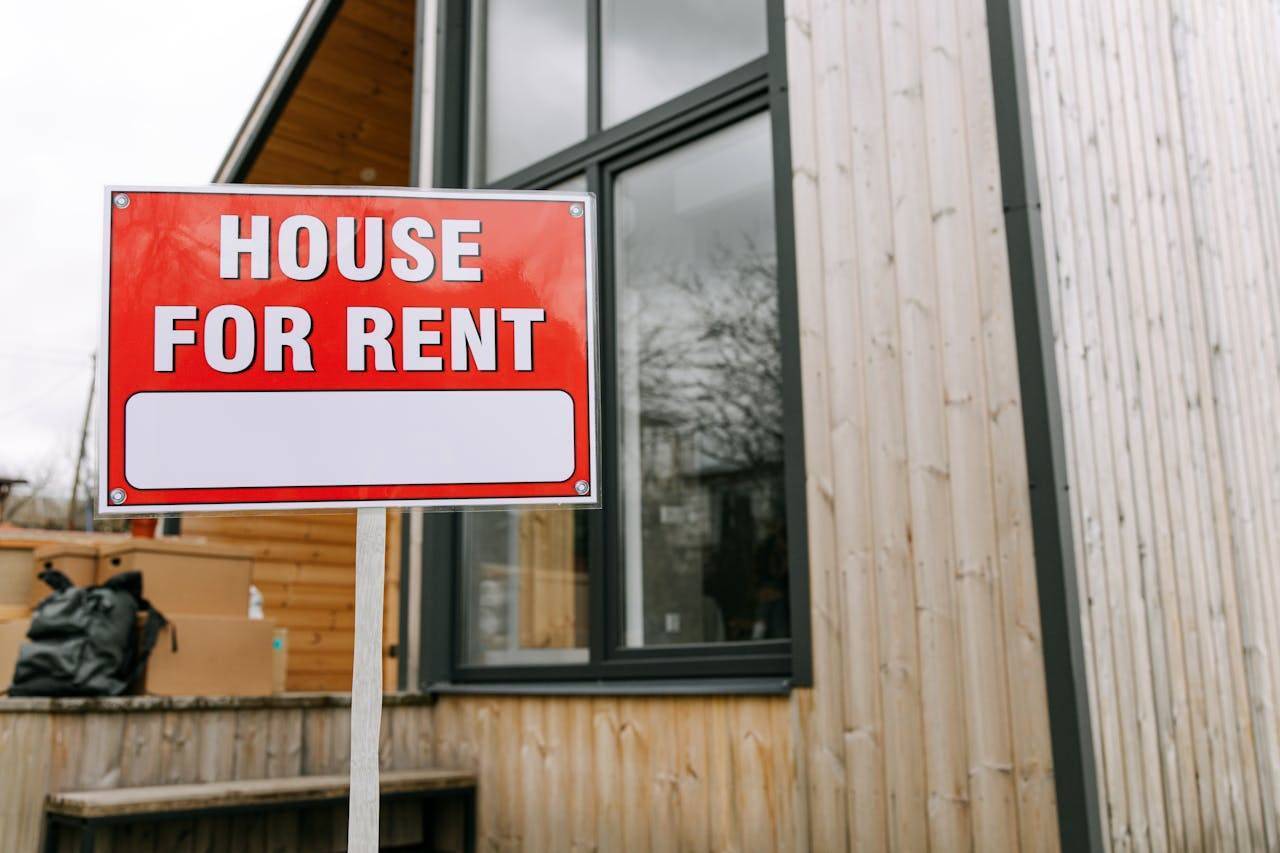In the second quarter of 2024, the retail real estate market in India has witnessed significant trends that highlight the increasing dominance of high street retail locations over traditional mall spaces. According to the latest Retail MarketBeat Report by Cushman & Wakefield, the focus on main street retail environments is reshaping the retail leasing landscape, driven by a combination of limited new mall developments and a robust demand for prime retail spaces in prominent locations.
Main Street Retail Demand: A Shift in Focus
The Cushman & Wakefield Q2-2024 Retail MarketBeat Report reveals a striking shift in retail leasing trends, with main street locations capturing 70% of the total leasing activity in the second quarter of 2024, as opposed to just 30% for mall leases. This notable preference for high street environments can be attributed to a variety of factors, including the allure of prime locations, higher visibility for retailers, and the lack of new mall openings over recent quarters.
Main street retail spaces have shown a significant appeal among retailers, with emerging clusters forming around key residential and commercial hubs. This trend reflects a growing inclination towards high-street leasing, where businesses benefit from high footfall and the ability to engage directly with consumers in bustling urban settings.
City-wise Leasing Activity
Delhi-NCR:
- Total activity in Q2 2024 reached 0.51 million square feet (msf), almost double the activity from the previous quarter and up 54% from the same time the previous year.
- Main street leasing, primarily from Gurgaon, accounted for 0.36 msf.
- This quarter saw no new mall supply, with an estimated 1.0 msf of new mall supply expected for the current year.
Mumbai:
- Grade-A malls leased 132,900 square feet in Q2 2024, reflecting strong leasing activity.
- Prominent Mumbai main streets saw consistent lease activity, totaling about 71,200 square feet.
- Two suburban micro-markets in Mumbai will add about 1.2 msf of Grade A mall space by the end of 2024.
Bangalore:
- Main street leasing recorded 0.16 msf in Q2 2024.
- The city is anticipated to add 0.9 msf of Grade A mall space overall in 2024.
- No new mall supply was recorded in Q2 2024, but shopping centers like Nexus Shantiniketan in Whitefield and Prestige Falcon City on Kanakapura Main Road showed robust demand.
Hyderabad:
- Total leasing activity increased significantly to 0.63 msf, a 29% quarter-over-quarter (QoQ) rise and a 43% year-over-year (YoY) gain.
- The city’s overall Grade-A mall vacancy rate is currently at 4.4%.
- Main street rentals increased by up to 14% YoY.
Kolkata:
- Retail lease volumes around 63,000 square feet, a 61% rise QoQ and a 46% increase YoY.
- Malls accounted for 35% of quarterly lease volumes, up from 10% the previous quarter.
- Rental growth in Kolkata’s main streets ranged between 13-16%.
Pune:
- Grade-A mall leasing volumes reached 59,013 square feet, a notable 2x increase YoY.
- Koregaon Park’s high street saw a massive 127% gain in rentals.
- Main street rental growth was 7-8%.
Chennai:
- Main street lease volume hit 0.10 msf in Q2 2024.
- Domestic brands dominated the lease volume, accounting for 77%.
- Rentals for prime retail spaces on main streets increased noticeably.
Ahmedabad:
- Main street lease volume was around 61,000 square feet, a slight decline of 9% from the previous quarter’s results.
- Main street rentals grew between 7-12% YoY.
- Leasing activity at Ahmedabad malls was around 10,000 square feet, a 45% decrease from the average of the preceding three quarters.
Mall Vacancy and New Supply
The report also reveals a notable decline in mall vacancy rates across Delhi-NCR, Bangalore, Pune, and Ahmedabad during Q2 2024. This trend is attributed to the lack of new mall openings and the robust demand for high-quality retail spaces, contributing to a demand-supply imbalance. Superior Grade A/A+ category malls, which are institutional grade or listed developer assets with high experiential quotient, continue to maintain very low vacancy rates, typically in the single digits, across major cities.
In terms of supply, the first half of 2024 saw no new mall supply entering the market. However, the second half is anticipated to witness a surge in retail space, with an addition of approximately 4.5 msf of primarily Grade-A malls. Mumbai is expected to lead the supply with 1.2 msf, followed by Chennai at 1.2 msf, Delhi-NCR at 1.2 msf, and Bangalore at 0.9 msf.
The Rise of Domestic Brands and Sector-Specific Trends
One of the key insights from the report is the increasing dominance of domestic brands, which accounted for 53% of the leasing volume in Q2 2024. This trend highlights a shift towards local brands and a growing preference for Indian retailers in the market.
Additionally, the retail sector's performance in specific segments shows varied trends. The fashion and food & beverage (F&B) sectors have been particularly strong, reflecting evolving consumer preferences. The dominance of domestic brands and the success of fashion and F&B indicate a vibrant and dynamic retail environment in India.
Conclusion
The Q2-2024 Retail MarketBeat Report from Cushman & Wakefield presents a dynamic picture of the Indian retail real estate market. The dominance of main street locations over traditional mall spaces reflects broader market trends, including strong demand for high-quality retail environments and a shift towards domestic brands. As new retail spaces come online in the latter half of 2024, the market will likely experience a balancing of rental costs and continued growth in both main street and mall leasing activities.
Image source- pixabay.com









.png)